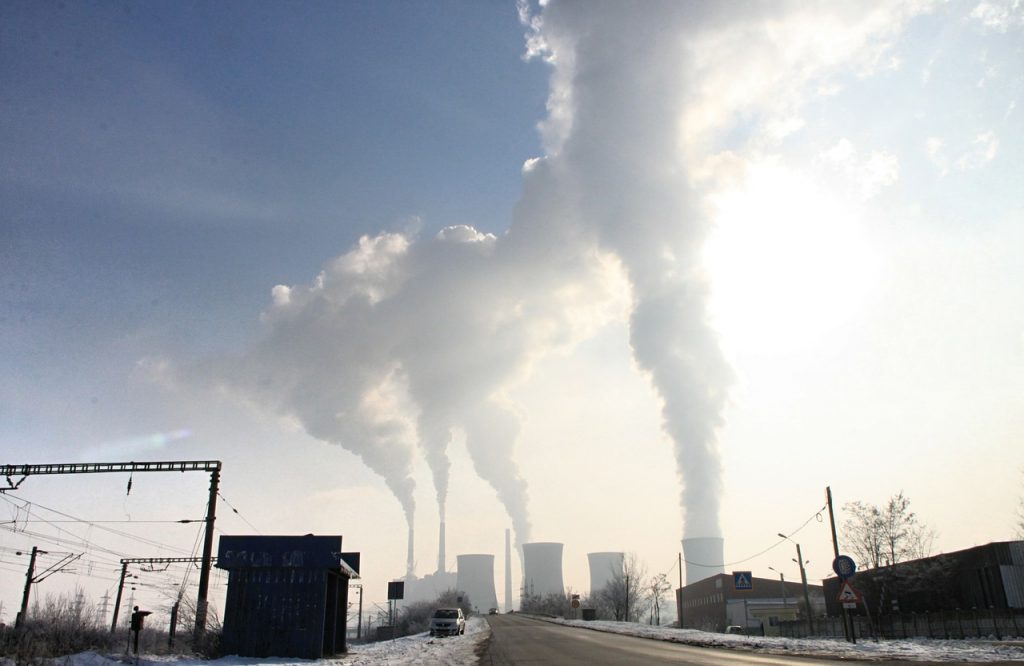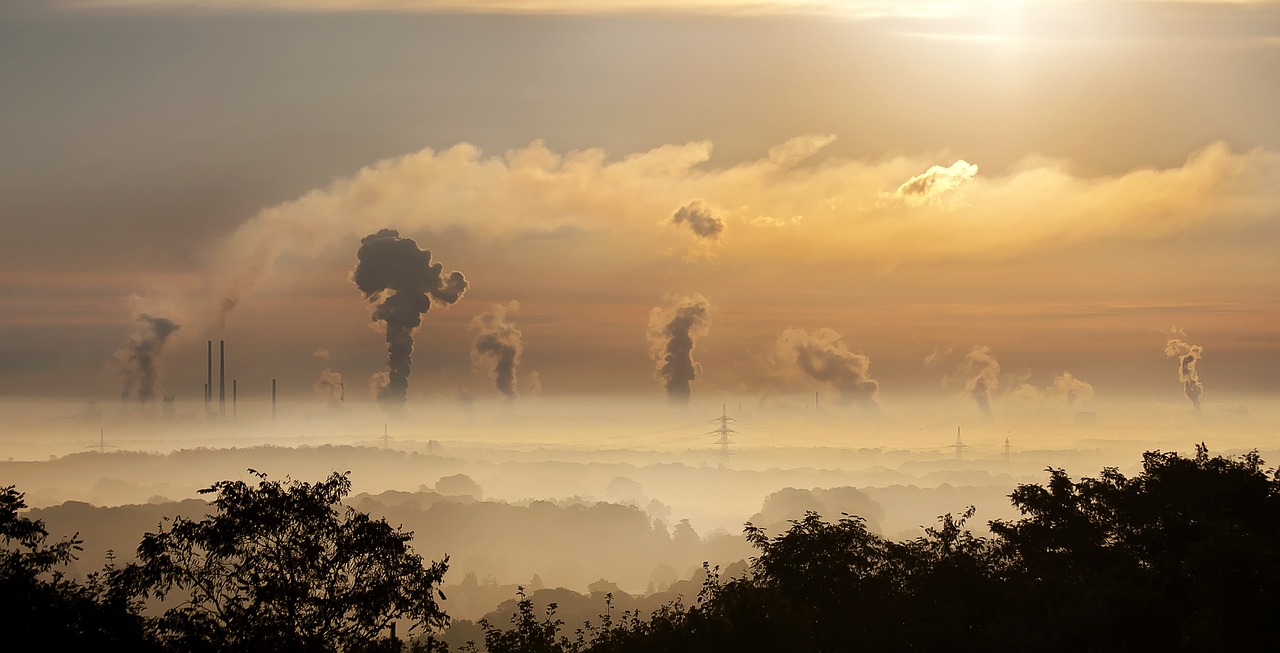It may come as no surprise to learn that 2015 is on track to becoming the warmest year since records began. In June, the National Oceanic and Atmospheric Administration (NOAA) calculated that the world’s average temperature in the same month hit 16.33°C, breaking the record set in 2014 by 0.12°C.
Although 0.12°C may sound miniscule, temperature records are usually broken by one or two hundredths of a degree. “This is what anthropogenic global warming looks like, just hotter and hotter,” said Jonathan Overpeck, co-director of the Institute of the Environment at the University of Arizona.
Reducing carbon emissions, keeping gas and coal in the ground and recycling are seen as key strategies to tackling global warming. But companies are now investing vast amounts of money on carbon capture and storage (CCS) equipment – a technology that literally sucks carbon dioxide from the air.
How effective is carbon capture?
The International Energy Agency (IEA) states that carbon capture is “a necessity for a world hooked on fossil fuels” and the UN considers the technology to be a crucial component in halting global warming.
Unlike other measures, which are years or even decades from production, carbon capture can be applied to any large scale emitter. After being captured, the chemical is then compressed for transportation, before being injected deep into a rock formation – storing it permanently.
In 2014, the world’s first CCS power station was inaugurated in Canada, with 90 per cent of its carbon dioxide finding its way into nearby oilfields and a saline aquifer.
The British government also sees CCS technology as an “essential” tool in a low-carbon future, with Matthew Billson of the department of energy and climate change noting that it is the “cheapest way” of fighting climate change.
According to Eli Kintisch of Technology review:
“Most technologies for mitigating carbon dioxide work only where the gas is emitted in large concentrations, as in power plants.
“But air-capture machines, installed anywhere on earth, could deal with the 52 percent of carbon-dioxide emissions that are caused by distributed, smaller sources like cars, farms, and homes.”
Indeed, scientists are now beginning to realise the urgency of achieving “negative emissions”, an important factor when you consider that emissions are rising at two per cent a year.

Perhaps the greatest issue however, is trying to generate negative emissions in an economical way – and experts are sceptical – but there is a counter argument.
Graciela Chichilnisky, a Columbia University economist and mathematician plans to take advantage of the demand for gas. There is already a billion dollar market for carbon dioxide, used to rejuvenate oil wells and make carbonated beverages.
The gas usually sells at around $100 per tonne, but with the right technology, this price could be much lower. Chichilnisky’s idea is to sell carbon dioxide to the above markets before using catalysts to make fuels in processes that are driven by solar energy.
“Once capturing carbon from the air is profitable, people acting in their own self-interest will make it happen,” he says.
But, at the same time, less than 10 per cent of the world’s coal plants have been fitted with CCS, and if it isn’t economical for power plants, the prospects of capturing it on a mass scale is a far off solution.
Robert Socolow, director of the Princeton Environment Institute says, “there’s really little chance that you could capture CO2 from ambient air more cheaply than from a coal plant, where the flue gas is 300 times more concentrated.”
A cheaper and more practical way to create negative emissions is to derive the fuels we need from biomass – thus removing carbon dioxide from the atmosphere as it grows.
Even if however, CCS did become profitable, and it was implemented on a mass scale, scientists say that this could provide people with a false hope – as there should still be a heavy focus on reducing our addiction to fossil fuels.
So can carbon capture save us from global warming?

Although CCS may do some good for atmospheric conditions, researchers have warned that it would do little for the plight of the oceans.
Both warming and acidification of the oceans would likely linger even if vast amounts of carbon dioxide are removed from the air. “The acidity of the oceans could still be more than four times higher than the preindustrial level,” says Sabine Mathesius of Germany’s Institute for Climate Impact Research.
Oceans absorb around one quarter of the carbon dioxide that is produced by humans, where it forms carbonic acid, which severely impacts coral reefs, biodiversity and the food chain.
“In the deep ocean, the chemical echo of this century’s CO2 pollution will reverberate for thousands of years,” says John Schellnhuber, the director of the Potsdam institute. “If we do not implement emissions reductions measures in line with the two degrees Celsius target in time, we will not be able to preserve ocean life as we know it.”
Alternatively, researchers at the Lawrence Livermore National Laboratory have created caviar-sized bubbles that absorb carbon dioxide. According to Bloomberg:
“The polymer bubbles are filled with the entirely pedestrian ingredient of baking soda, long known to absorb carbon dioxide, but it’s the bubbles themselves that are the breakthrough.
“They’re permeable, which means that CO2 gets trapped and absorbed by the baking soda solution inside them. In theory, you could affix the bubbles to the inside of a power plant smokestack and trap the CO2 before it is released into the atmosphere.”
Once the carbon dioxide has been captured, the bubbles can be placed in a sealed container, heated so that they release the gas and then used again.
Whether these tiny beads can do enough to capture the gargantuan amounts of carbon dioxide within the very limited time that is necessary to halt the world breaching the infamous two degree barrier – is another thing entirely.
